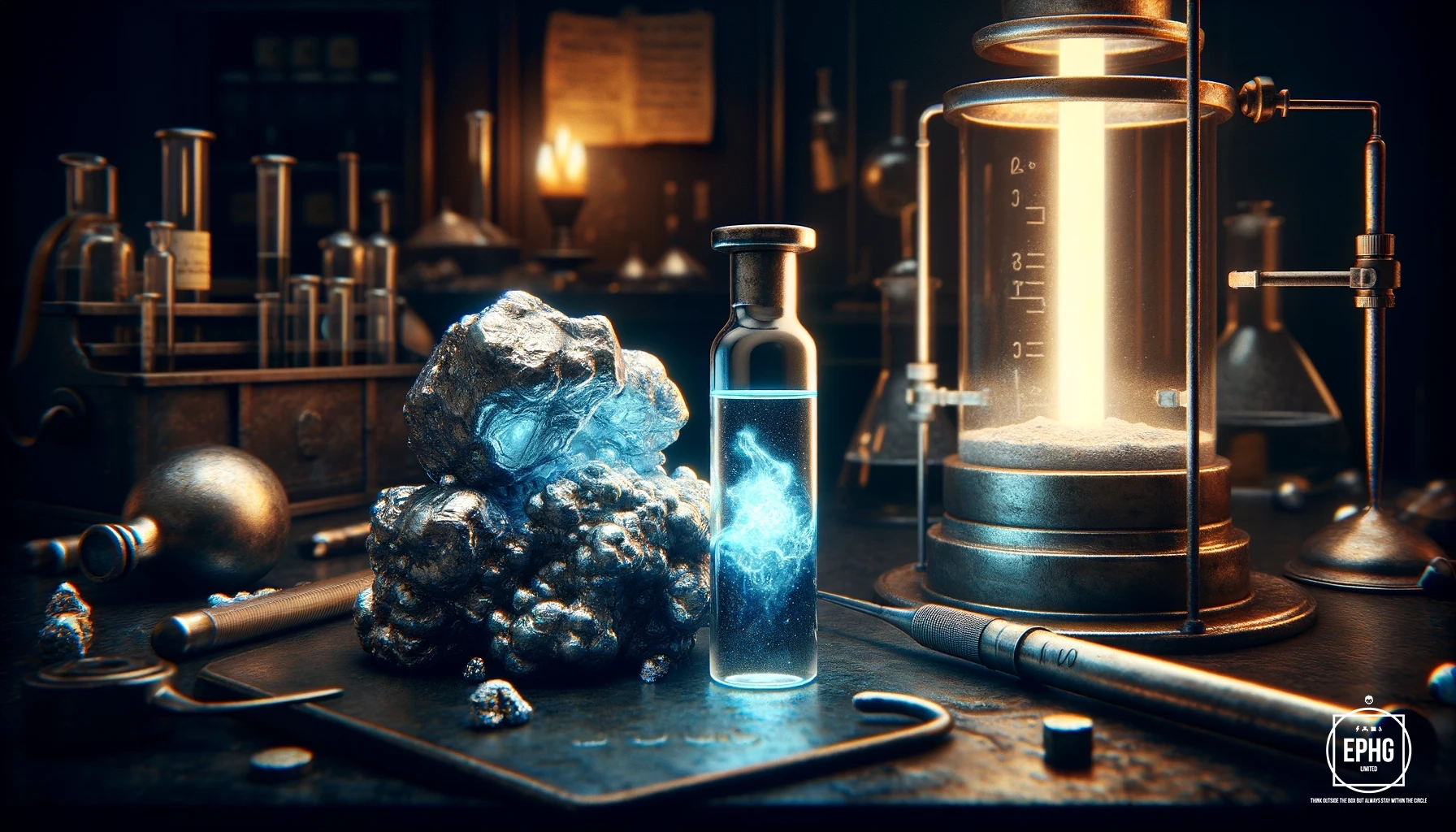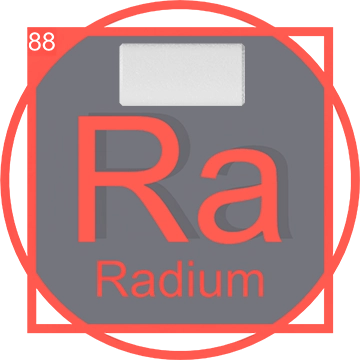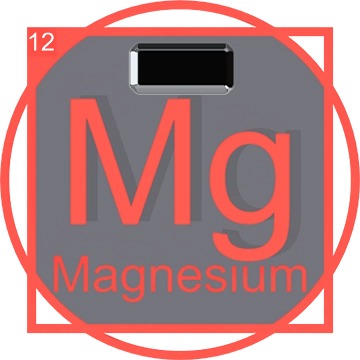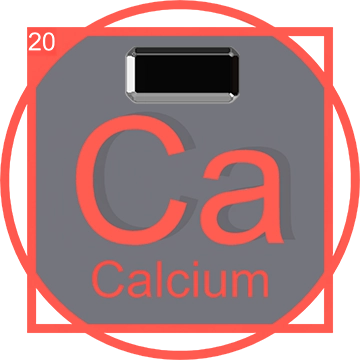The Comprehensive Guide to Radium (Ra)
Radium, symbol Ra, atomic number 88, is a highly radioactive metal that has intrigued and benefited the fields of science and technology since its discovery. This article will cover everything from its discovery, properties, and place in the periodic table to its scientific importance and applications in various technologies.
Discovery of Radium
Radium was discovered by Marie and Pierre Curie in 1898, during their groundbreaking research into the phenomenon of radioactivity. The couple isolated this new element from a pitchblende ore sample obtained from Joachimsthal, located in North Bohemia. The discovery process was meticulous and challenging, involving the separation and analysis of various compounds to identify the source of the intense radioactive emissions detected in the ore.

The significance of Radium's discovery cannot be overstated. Unlike anything they or anyone else had encountered, Radium exhibited extraordinary levels of radioactivity, far surpassing known radioactive elements like uranium. This was a critical juncture in the field of nuclear science. The discovery not only challenged existing scientific paradigms but also laid the foundational stones for further research into the structure of the atom. The Curies’ relentless pursuit and eventual isolation of Radium transformed the scientific community’s understanding of radioactive elements, leading to numerous scientific advancements and opening new avenues in both research and practical applications.
Radium's Role in the Periodic Table
In the periodic table, Radium belongs to Group 2, the alkaline earth metals. This group includes elements that share similar properties such as being shiny and silvery-white. Radium stands out due to its radioactivity and is heavier than its counterparts like magnesium and calcium.
Scientific Significance of Pure Radium

The discovery of Radium significantly advanced the understanding of atomic theory and radiochemistry. It led to key developments in concepts like atomic numbers, isotopes, and the mechanisms of radioactive decay, laying foundational knowledge for future scientific explorations. Pure Radium, characterized by its intense radioactivity, was particularly important. The ability to isolate Radium in its purest form allowed scientists to study its properties and behaviors in a controlled manner, shedding light on the nature of radioactive elements and their potential uses. This exploration of Pure Radium helped establish critical safety guidelines and handling procedures that are still in use today, and it also spurred innovations in medical and industrial technologies.
Technological Applications of Radium

Radium has found numerous applications in technology, particularly in the early to mid-20th century. It was famously used in luminescent paints for watch dials, aircraft switches, and other instruments, allowing them to glow in the dark without external power sources. Additionally, radium was instrumental in the early medical industry, where its radioactive properties were utilized in developing treatments for various ailments. The unique ability of radium to emit light made it a valuable asset in enhancing visibility and safety in a range of products and environments.
Modern Uses of Radium in Technology

Although less common today due to safety concerns and advancements in materials science, Radium still plays a role in modern technology. One significant application is in the form of radium brachytherapy seeds for cancer treatment, where it provides localized radiation therapy to minimize damage to healthy tissues.
Radium's Environmental and Safety Considerations
The high radioactivity of Radium necessitates stringent safety and handling procedures to prevent adverse health effects and environmental contamination. This section of the article will discuss best practices for handling, usage, and disposal of radium in industrial and medical settings.
Future Uses of Radium

In a future world 100 years from now, with technological advancements and potential colonization of Mars, the role of radium could evolve significantly. As a compact source of energy, radium's radioactive properties might be harnessed more efficiently. Future technologies could enable the safe utilization of radium in advanced nuclear batteries or small-scale reactors. These could provide long-lasting power sources for remote outposts or interplanetary spacecraft, crucial for sustaining life and technology on Mars.
Moreover, radium’s applications in health care, particularly in treating diseases in low-resource environments like Mars, could be enhanced. With the development of more sophisticated radiotherapy techniques, radium could be crucial in medical facilities on Mars, providing targeted treatments for cancer and other serious ailments without the need for large, complex machinery. The element’s potent radioactivity, if controlled precisely, could offer breakthroughs in sterilization processes, vital for maintaining clean, habitable environments in extraterrestrial colonies.

Additionally, the luminous properties of radium, once popular in early 20th-century luminescent paints, might see new applications. Future engineers might develop safe, radium-based luminescent materials to aid in the navigation and lighting of Martian habitats, reducing the reliance on electrical lighting systems and conserving energy. The potential uses of radium in a future on Mars or Earth are vast and promising, reflecting its enduring utility in human advancement.















